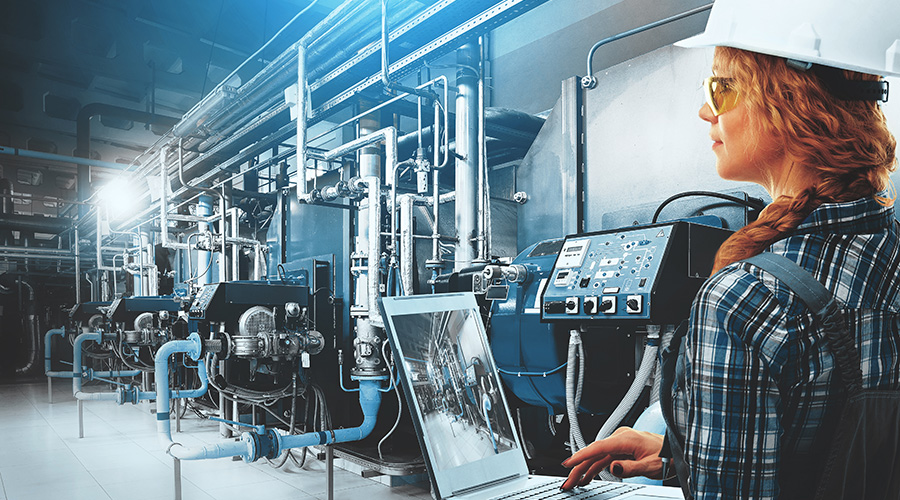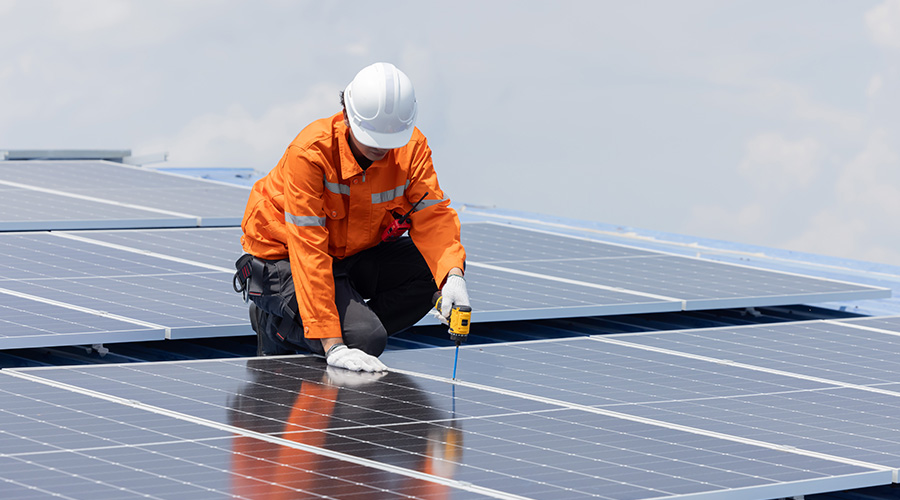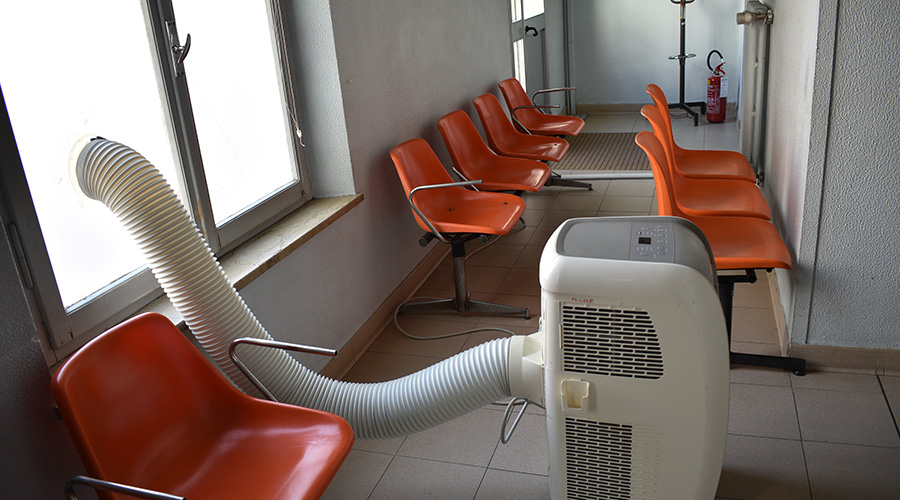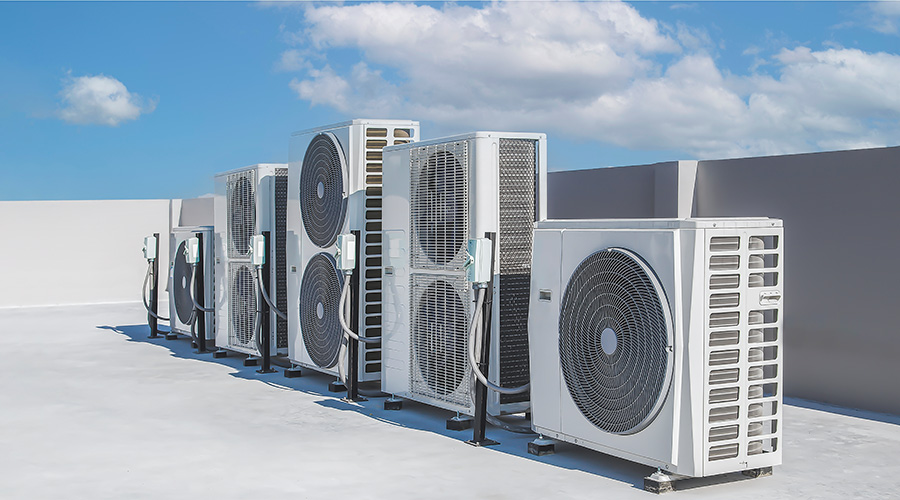Number of Different Tankless Water Heating Options
Given these potential challenges, more facilities are looking into the benefits of tankless water-heating technology in an effort to meet hot-water demands, minimize energy use, and maximize savings. The savings associated with tankless water heating can be as high as 40 percent of energy used, just from eliminating standby losses associated with anticipating the need for hot water.
The decision about the type of water heater to use is not as simple as deciding whether to use a tank. Each type of system and technology has its own potential benefits and challenges.
Point-of-use electric units. In many commercial office buildings, point-of-use, electric, tankless water heaters have become more popular. Using a point-of-use water heater where the only demand is for hand-washing and janitorial activities is ideal. Due to the large quantity of unoccupied hours and minimal demand associated with an office building, centralized tank-type water heaters generally spend more time running to offset standby losses than actually satisfying demand.
Using point-of-use electric water heaters in office buildings is not without challenges. A design engineer should review the increased electrical loading, and managers should consider the placement of the water heaters so maintenance technicians can perform needed inspection and testing with relative ease. Installing units above the ceiling or below the sink in restrooms, for example, is not optimal.
Centralized, gas-fired, tankless units. High-demand, process-load applications, such as dishwashing, car washing, laundry, sanitizing, and multiple bathing areas, further complicate the selection. Process loads might dictate a significant spike in demand for domestic hot water that will far exceed reasonable performance for electric heating.
But such loads also are difficult for tank-type water heaters to manage because they require significant storage, large burners, or both. Also, standby losses for process applications multiply due to the nature of high demand for short periods, such as peak shower time in a prison. Standby losses in process applications multiply when managers consider unoccupied conditions, such as a university dormitory in the summer.
For facilities with large process loads, centralized, tankless water heating generally provides the most energy-efficient solution. But the development of a centralized tankless water heating system can be extremely complex, and potentially expensive. The benefits of using this type of equipment includes centralized maintenance, greater control, and the potential for redundancy or backup capacity.
Several manufacturers make gas-fired tankless water heaters, but their application relies heavily on their ability to turn down their firing rates to match demand. For situations in which the demand for the majority of a given day is minimal, with a large spike in load for a short time, managers selecting the equipment either must provide a point-of-use heater for restrooms, look for gas-fired heaters with significant turndown rates, or use a tank to deal with the low-load scenarios. These varying scenarios have forced the application of hot-water storage, and their uses are extremely common in dormitories, prisons, and commercial kitchens, among other facilities.
Besides turndown rates, applications of gas-fired tankless water heaters present managers with several issues to consider. Equipment efficiency contributes to most of the concerns in these high-load applications. Managers using high-efficiency equipment need to address the acid waste produced as part of the combustion process in exhaust flue and condensate drains.
Fortunately, the HVAC industry has been addressing acid issues on high-efficiency appliances for years, so they are easy for managers to address. Also, when venting this type of equipment, managers need to carefully consider the routing, since corrosion-resistant venting can be expensive.
Centralized, non-gas-fired units. In many buildings with high process loads, managers have options for generating hot water through the heating system. Many large facilities have spare capacity built into their hydronic heating systems and are more than capable of accommodating the load for domestic hot water.
Applications that use building heating systems to generate hot water are simple for most plumbing engineers. The application should use a double-wall heat exchanger to ensure that water for the building’s heating system stays separate from the potable water, and the control should be robust enough to ensure proper water temperature. Aside from these minor considerations, the plumbing challenges are typical to any domestic water system. The challenges in these systems are more focused on the building heating side of the system.
Assigning priority to the domestic water system is a challenge facing all heating-driven, domestic hot-water systems. System mass, comfort ranges and load diversity create a situation where systems are slow to respond with little consequence. But if domestic hot water is not available when occupants turn sink handles, maintenance will receive calls.
The easiest scenario to select heating-system-driven, domestic hot water is when a facility maintains a large, constant, waste-heat stream that easily converts into heat for domestic water, such as facilities using co-generation systems. In such situations, the main concerns are whether the waste heat source is truly constant and whether it matters if the facility loses domestic hot water because the waste heat source is compromised.
Related Topics:














